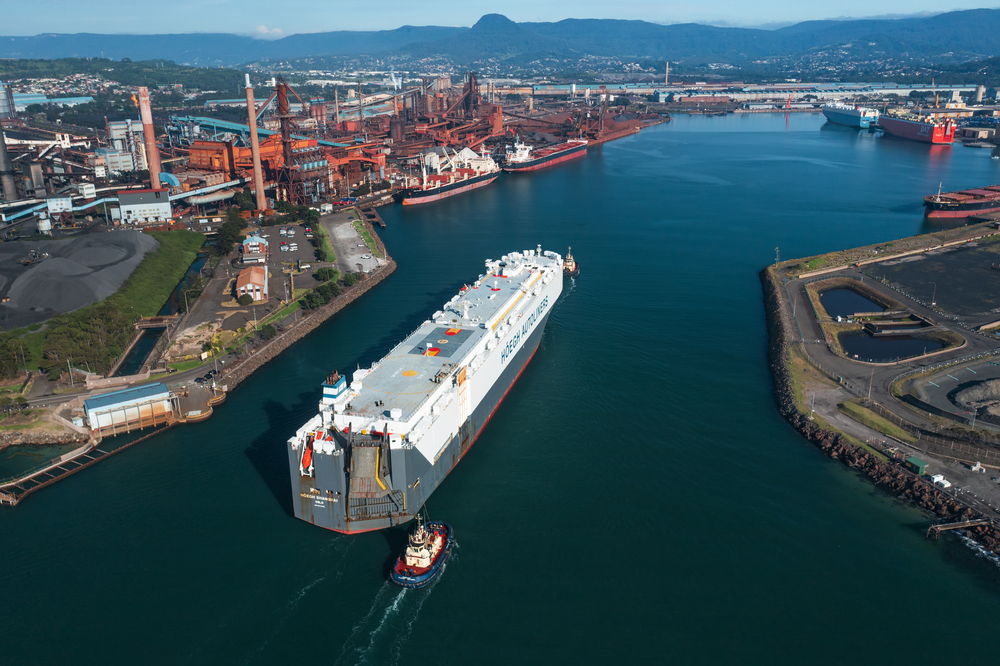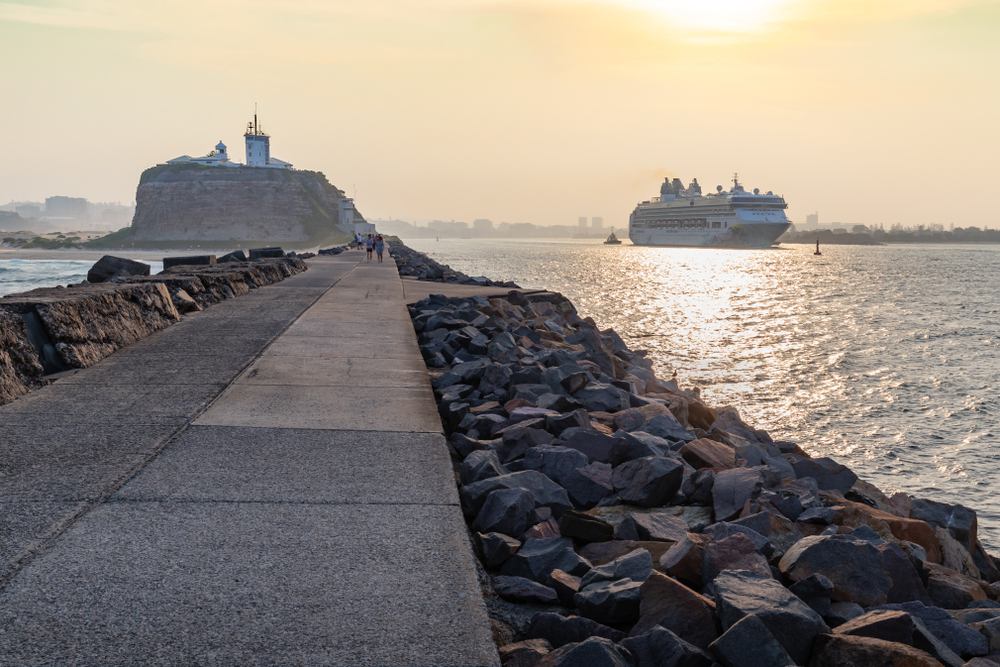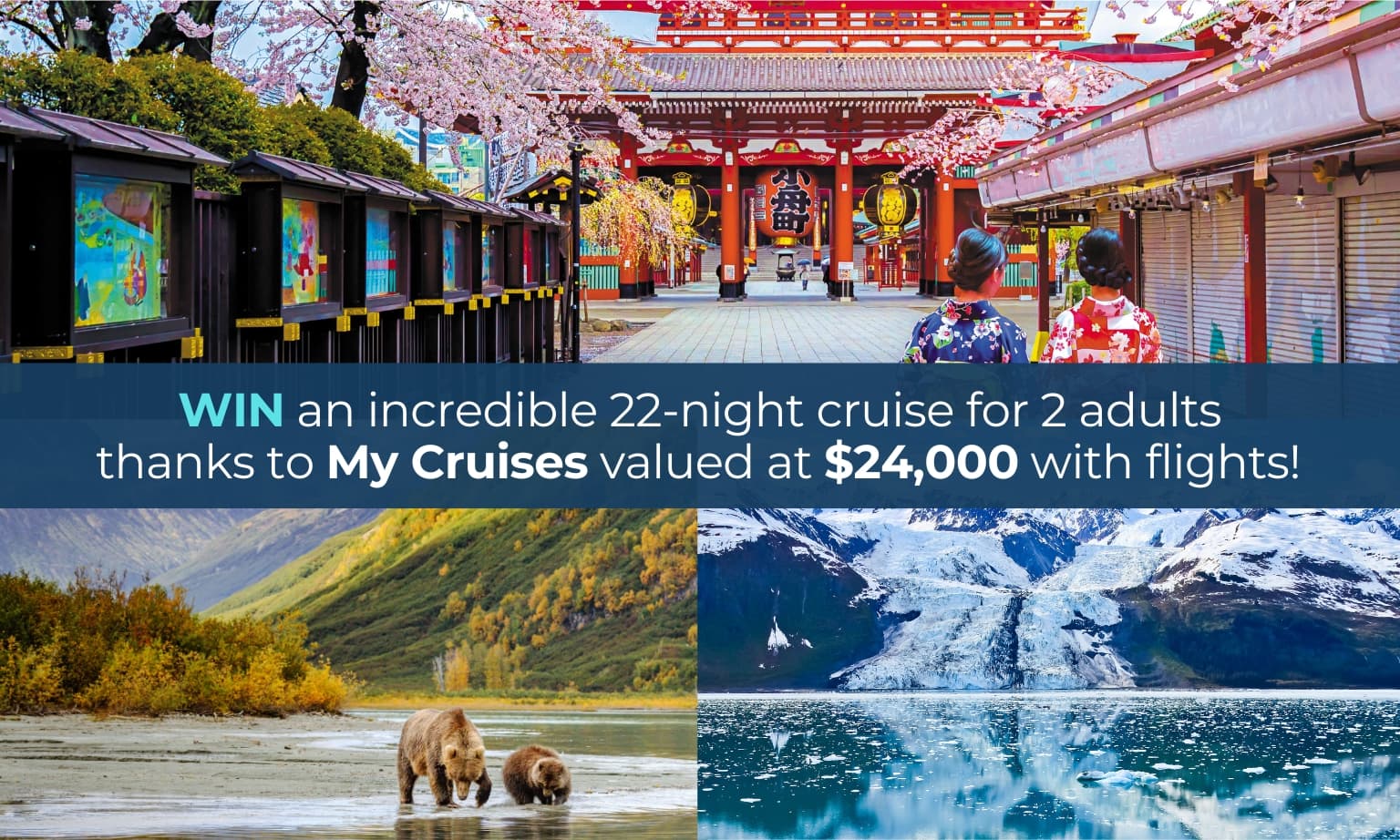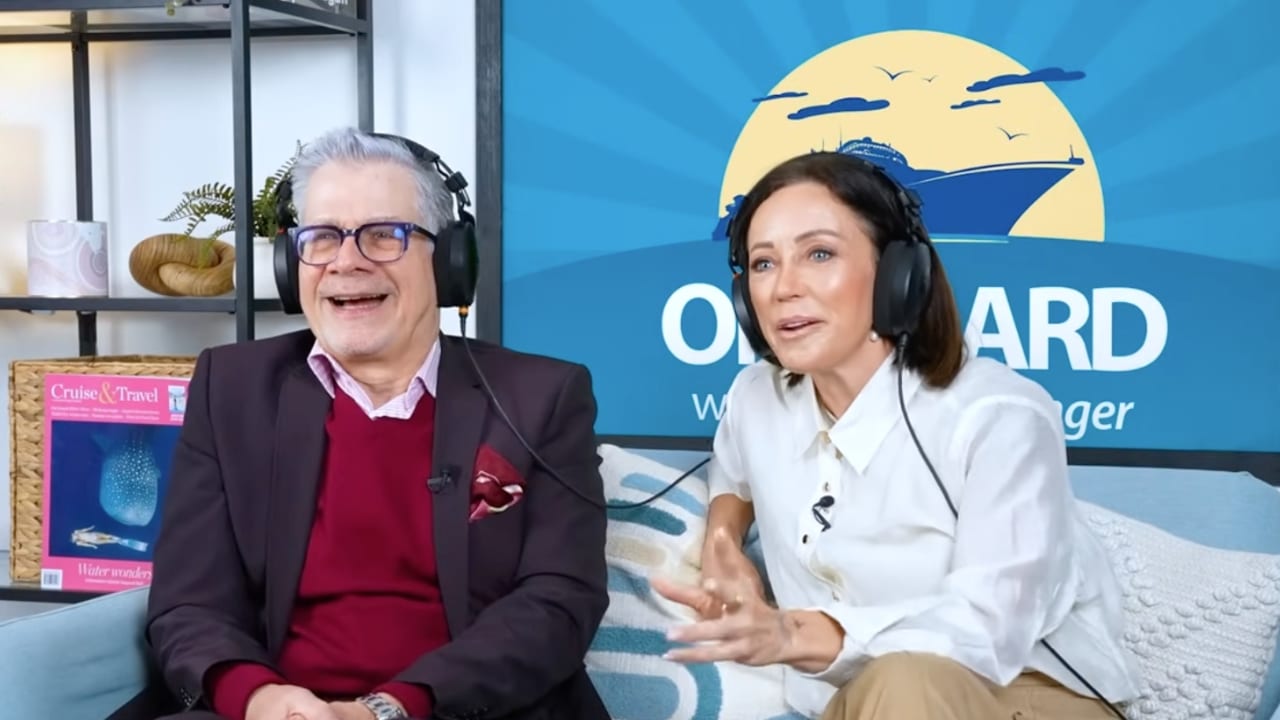The head of the Port Authority of NSW Philip Holliday has spoken about his pride at the growth of cruise holidays on his organisation’s 10th anniversary.
At a time when regional parts are expanding their offerings to tempt cruise operators, CEO and Director of the state’s port authority Holliday believes Australia will grow as a cruise destination – and that places like Eden, Port Kembla and Newcastle will emerge as top cruise spots.
Newcastle, which he described as a “sleeping giant”, could be the gateway to opening up the Hunter Valley to cruise guests.
Holliday also answered charges from American-based cruise lines that Australia and New Zealand are the world’s most expensive and over-regulated. His message: “If you want quality, then typically you pay for it.”
He maintained: “We’re actually the best in the world and so that does come with a price tag and on the back of that, our numbers are holding up. We’re pretty steady and we see we see growth on the horizon.”
High prices and regulation have been blamed for a concerning decrease in capacity in 2026/.27 for Australian cruise.
But Holliday says: “We have done studies to check where we sit in the piece, and we’re not the most expensive in the world. We’re politely in the upper echelons, but we’re certainly not at the top.”
On regulation, however, he agrees with the critics.
“I do agree that there are challenges to operating in the region, the number of permits that are required when you’re going around the coast, the challenges with some of the biosecurity rules and so on and so forth do make life difficult.
“And the opportunity exists not to remove those regulations, not to not to take away the the protections that they afford, but to try and streamline that process as much as possible and provide greater certainty and long term understanding.”
Holliday joined the Port Authority of NSW in 2011, and recalled how Carnival boss Ann Sherry told him the orgnaisation didn’t understand the cruise industry.
“I think the biggest achievement is that that we now absolutely understand the business of cruise. We have very strong relationships with the cruise operators and we’re delivering the service and the product for them and for their customers that they that they would like us to.
“In fact, I would say we were exceeding that”

The authority has handled a trillion dollars’ worth of trade and 2000 cruise ships – it puts through $3.5 billion of trade annually.
On Sydney’s Overseas Passenger Terminal, Holliday told us: “It’s an iconic cruise terminal in an iconic location, so people love that. But it is actually quite a difficult terminal. It’s quite constrained by the surroundings. And, you know, it was built a long time ago, and so we have to work incredibly hard with what we’ve got.”
But he said he was proudest of the fact that despite its age, the port has a target of 15 minutes curb to cabin time.”
On sustainability, Holliday presided over White Bay’s transformation to becoming the first shore power port in the Southern Hemisphere.
“That’s a significant investment and a significant step forward for us. But we have to confess we have a long way to go. There are some challenges, but we will be following up with shore power at the OPT at some point in the future.”\
“We are working with the cruise lines to understand CO2 emissions and how we can, reduce those emissions, and reduce the emissions associated with the tugs that support the cruise lines.
“There are multiple layers to this whole piece so we we’re very focused on achieving our own Net Zero targets and assisting others in achieving theirs as well.”
Noise was another factor, and the noise monitoring system at White Bay was revolutionary, allowing port officials to identify the exact noise problem aboard a ship and demand the owners reduce it.
Only one ship had refused to carry out repairs and it wass now banned until repairs are carried out.
Bigger ships were the issue for the future, and increasing the diversity of destiantiolns.
“The trick for us is to try and service cruise line needs as much as possible in as many locations as we can. We’ve recently announced the successful planning process that we’ve undergone at Eden, which allows Eden to really maximise the benefits going forward.
“We’re working with the industry and there’s an advisory group that we have that’s looking at the opportunities in Port Kembla and we’re meeting on a regular basis now to work through what that would look like.”
Holliday has put Port Kembla forward as a way of alleviating constraints on Sydney Harbour, a move that is being resisted by some cruise lines.

“The challenge really is to build the infrastructure. It can’t just be an overspill port, so it would need to be a port in its own right, and because, you know, you can imagine the scale of investment that’s required.
“Even though it’s already an existing working port, that would still be a significant investment, so there need to be some level of alignment on how many ships are going to go in there.”
But Holliday has been keeping an eye on the order books, and noted more mid-sized ships are being built that can go under the Sydney Harbour Bridge.
“So I think there’s a long and happy future for the White Bay cruise terminal, he said.
Newcastle, he maintained, was a big opportunity.
“I think my view has long been that Newcastle is a bit of a sleeping giant when it comes to opportunities for transit calls. There is so much to do in the hunter region that that ties in with the cruise experience.

“There’s just been a lack of, let’s call it understanding, of how to how to best maximise that. We’re hoping to work with all the right parties to increase level of understanding and maximise the benefits.”
What 10 years of The Port Authority of NSW has delivered
- Kept our ports safe, secure and open to the world, 365 days of the year, 24 hours a day – driving the economy and keeping NSW’s industries and businesses moving.
- Facilitated 99% of the State’s trade worth $1trillion by ensuring the safe arrival of 56,000 commercial vessels.
- Ensured NSW primary producers delivered over 32 million tonnes of wheat out to market from Newcastle and Port Kembla, supporting our farmers and sustaining global food supply chains.
- Hosted well over 2,000 cruise ship visits to NSW, contributing up to $3.5 billion annually to the State’s economy and supporting an ecosystem of suppliers, hospitality businesses and tourism.
- Transported over 4 million tonnes of gypsum through Sydney’s Glebe Island, providing the equivalent gypsum, used to make plasterboard, for around half a million homes for NSW, critical during a period of housing shortages.
- Received more than 4 million tonnes of cement through Glebe Island, critical to building and maintaining the city, including delivering the State’s major construction projects – the equivalent volume required to build a freeway from Melbourne to Sydney and back.
- Enabled the arrival of almost 2.5 million vehicles through Port Kembla – 100% of motor vehicle imports to NSW.
- Prevention of more than three quarters of a million truck movements and almost a quarter of a million tonnes of C02 emissions via successful pilotage of trade vessels through Sydney Harbour.
- Led the State’s on-water emergency response to pollution incidents to ensure the safety of maritime workers, passengers and crew, and the protection of our marine environment.
- Paved the way for the maritime industry to put sustainability at the heart of their activities and committed to delivering a world first shore powered precinct at Bays Port.









White bay is NOT a very good terminal area! The Port authority should have insisted that the berth in Darling Harbour was incorporated into the casino development, instead of bowing to the greedy casino/hotel barons who actually would have benefitted by hosting the cruise ship terminal!